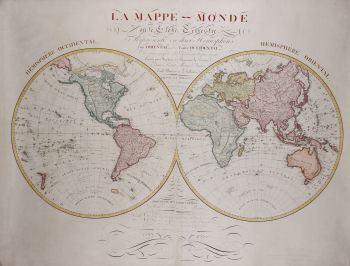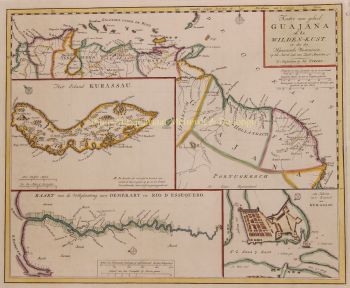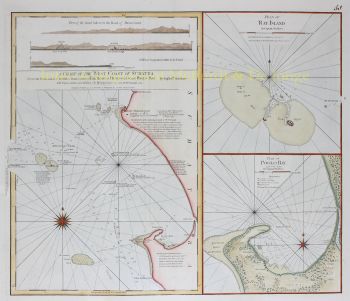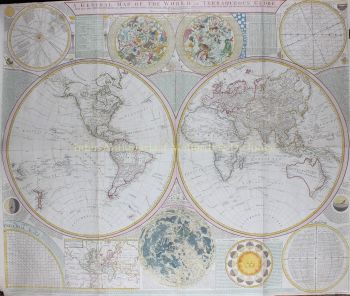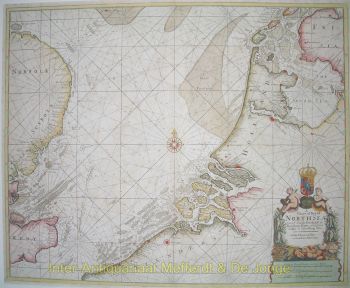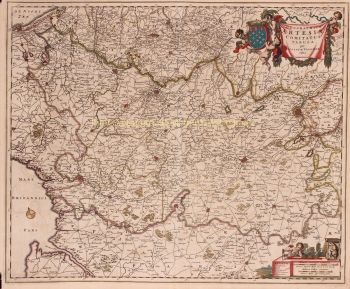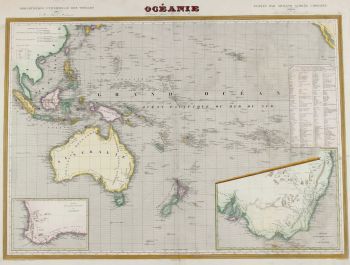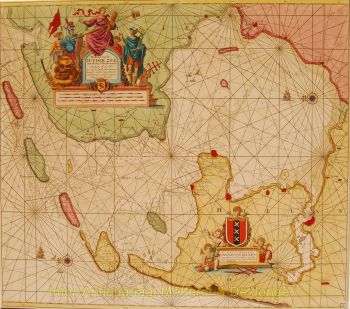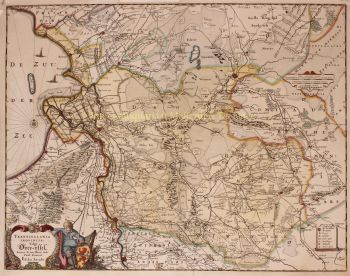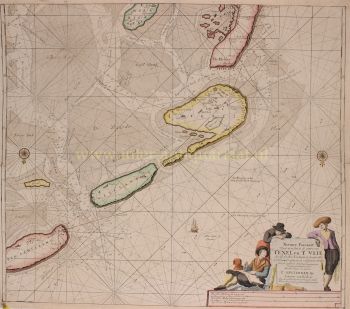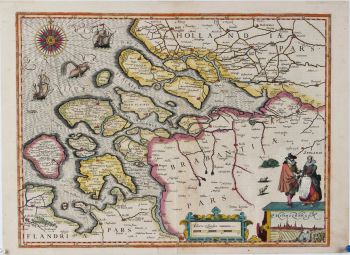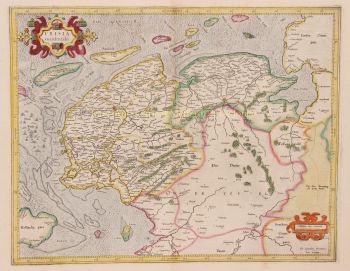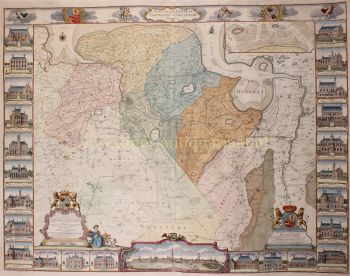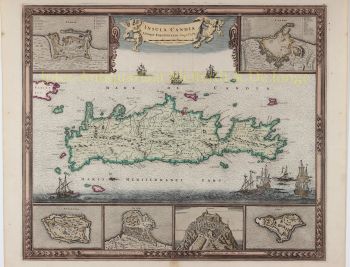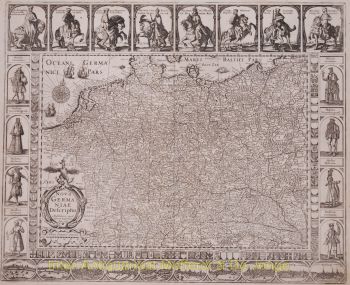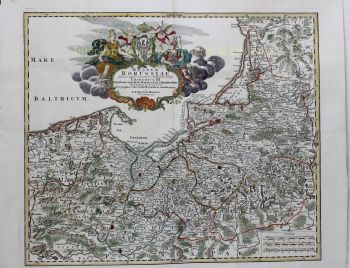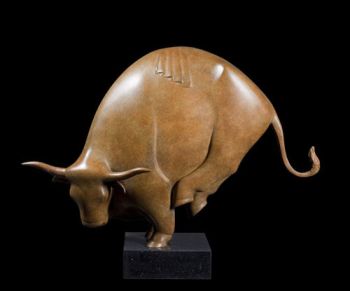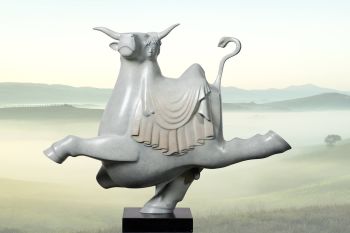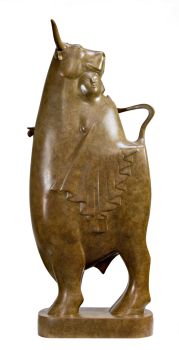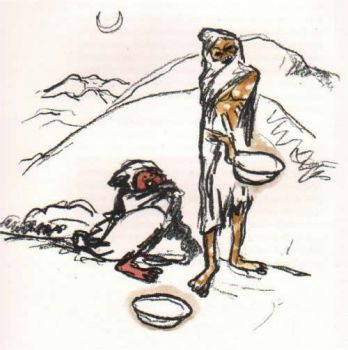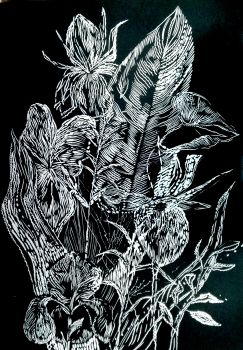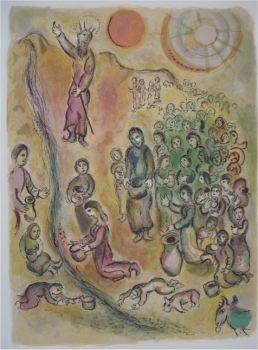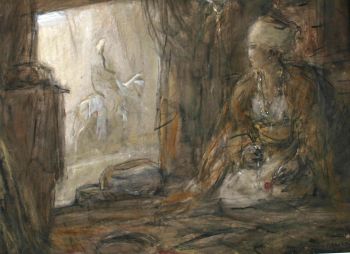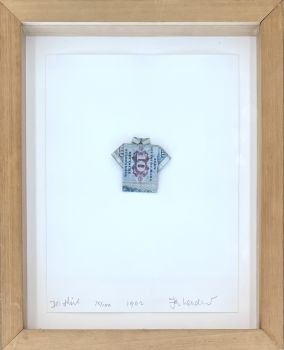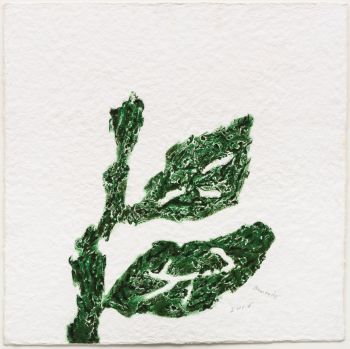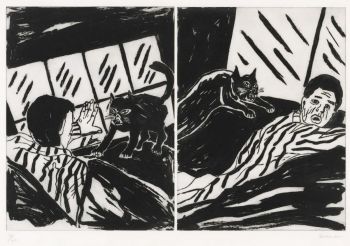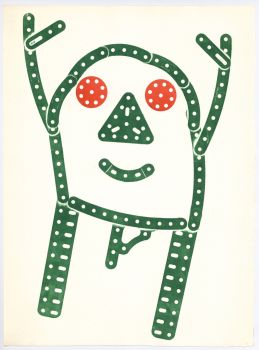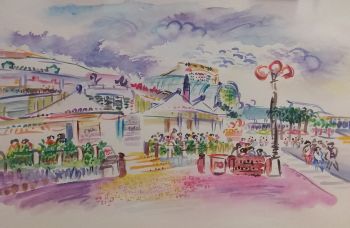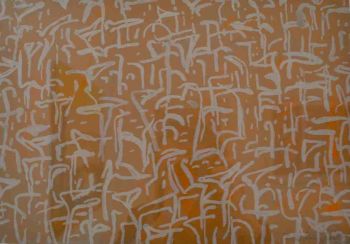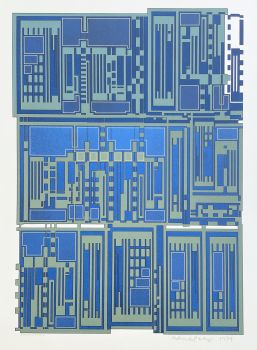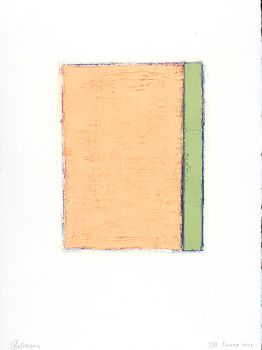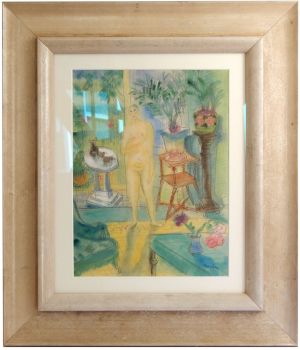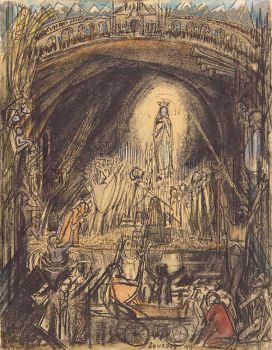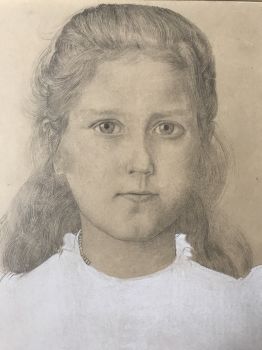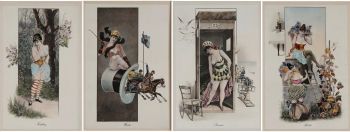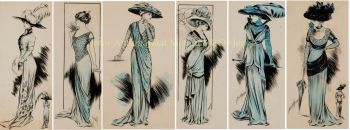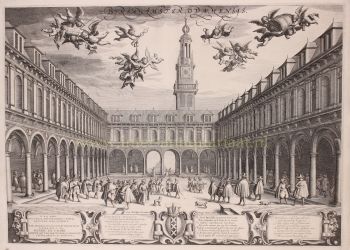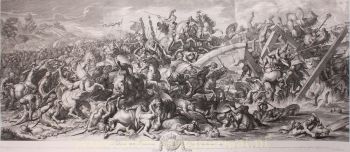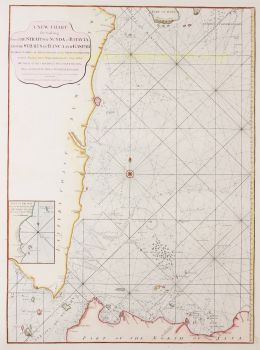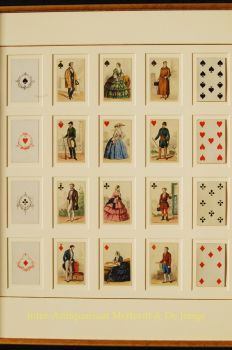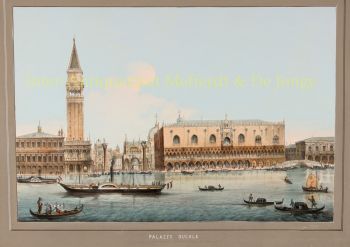Europe 1708
Herman Moll
Carta
58 ⨯ 96 cm
€ 1.350
Inter-Antiquariaat Mefferdt & De Jonge
- A proposito di opere d'arteBEAUTIFUL LARGE FORMAT MAP OF EUROPE “Map of Europe according to the newest and most exact observations” Copper engraving printed from two plates first printed in 1708, here by John and Thomas Bowles for Herman Moll's “New and Compleat Atlas”. Original hand colouring (with later additions?). Size: 58 x 96 cm. The map is dedicated to queen Caroline of Great Britain, of whom we see a portrait, her coat of arms and 4 ornate figures, including two American Indians, an Englishman carrying a Union Jack and an Ottoman in turban and robe, all decorating the cartouche. Caroline of Ansbach (1683-1737) spent her teenage years at the Prussian court in Berlin, renowned for its patronage of artists and architects and its lively intellectual life. Caroline was surrounded by a circle of writers and intellectuals, and shared with them a taste for the visual arts. Her intelligence and keen interest in science and art was recognised in her own lifetime. Caroline was also a keen collector of miniatures, cameos and intaglios. Caroline was wife to George II, and became Queen of Great Britain on his accession in 1727. No surprise this map was decorated with her miniature portrait. The map includes an inset showing the canal which Peter the Great had dug that connected the Volga and the Don, thus connecting the Caspian and Black Seas. A dotted line illustrates the route from the place where the Don and Volga meet, through the Black Sea, through the Bosporus, the Aegean, and the Mediterranean to the Atlantic. Herman Moll was one of the most important London mapmakers in the first half of the 18th Century. Moll was probably born in Bremen, Germany, but moved to London to escape the Scanian Wars. His earliest work was as an engraver for Moses Pitt on the production of the English Atlas, a failed work that landed Pitt in Debtor's Prison. Moll's work quickly helped him become a member of a group that congregated at Jonathan's Coffee House at Number 20 Exchange Alley, Cornhill, where speculators met to trade stock. Moll's circle included the scientist Robert Hooke, the archaeologist William Stukeley, the authors Jonathan Swift and Daniel Defoe, and the intellectually gifted pirates William Dampier, Woodes Rogers, and William Hacke. From these contacts, Moll gained a great deal of privileged information that was included in his maps. Price: Euro 1.350,-
- A proposito di opere artista
Herman Moll (c. 1654-1732) fu uno dei più importanti cartografi londinesi della prima metà del XVIII secolo. Moll nacque probabilmente a Brema, in Germania, intorno al 1654. Si trasferì a Londra per sfuggire alle guerre di Scania. Il suo primo lavoro fu come incisore per Moses Pitt sulla produzione dell'Atlante inglese, un'opera fallita che fece finire Pitt nella prigione dei debitori. Moll ha anche inciso per Sir Jonas Moore, Grenville Collins, John Adair e la ditta Seller & Price. Pubblicò le sue prime mappe originali all'inizio del 1680 e negli anni 1690 aprì il suo negozio.
Il lavoro di Moll lo aiutò rapidamente a diventare un membro di un gruppo che si riuniva alla Jonathan's Coffee House al numero 20 Exchange Alley, Cornhill, dove gli speculatori si incontravano per scambiare azioni. La cerchia di Moll comprendeva lo scienziato Robert Hooke, l'archeologo William Stuckley, gli autori Jonathan Swift e Daniel Defoe e i pirati dotati di talento intellettuale William Dampier, Woodes Rogers e William Hacke. Da questi contatti, Moll ha ottenuto una grande quantità di informazioni privilegiate che sono state incluse nelle sue mappe.
Nel corso della sua carriera ha pubblicato dozzine di geografie, atlanti e storie, per non parlare di numerosi fogli di mappe. Le sue opere più famose sono Atlas Geographus, una rivista mensile che durò dal 1708 al 1717, e The World Description (1715-54). Ha anche realizzato spesso mappe per libri, comprese quelle delle pubblicazioni di Dampier e I viaggi di Gulliver di Swift. Moll morì nel 1732. È probabile che i suoi piatti passarono a un altro contemporaneo, Thomas Bowles, dopo questa morte.
Sei interessato ad acquistare questa opera d'arte?
Artwork details
Related artworks
Artista Sconosciuto
A large wall map of Asia by Nicolas de Fer 1647 - 1720
Prezzo su richiestaZebregs & Röell - Fine Art - Antiques
1 - 4 / 24- 1 - 4 / 4
- 1 - 4 / 24
- 1 - 4 / 12


